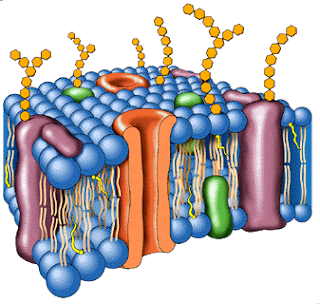CONSULTAR
1) animal tissues : characteristics of it
2)conective tissues : types, funtions, of each tissue
3) epiteerial tissue: clasification , funtions of each tissues and graphuc of each tissues
4)muscular tissues : clasification funtions of each tissue and graphic of each tissues.
5)nervous tissue: draw a newron and explain the function of this tissue.
development.
1)
- Embryonic tissue:
Ectoderm, mesoderm, and endoderm are embryonic tissues that give rise to all of the tissues, organs, and organ systems in the body.
2. Epitherial tissue: Epithelial tissue covers external surfaces and internal cavities and organs. Glands are also composed of epithelial tissue.
Most substances that move into or out of the body must pass through epithelial tissue.
3.conective tissue : this is the full and protects the energy space.
2)
conective tissue :
Adipose : adipocitos que almacenan grasa and store more energy.
Areolar : fibroblasts and a matrix of tissue fluid.
Blod
Bone
Cartilage
Elastic
Fibrous
3) Epitherial Tissue:






